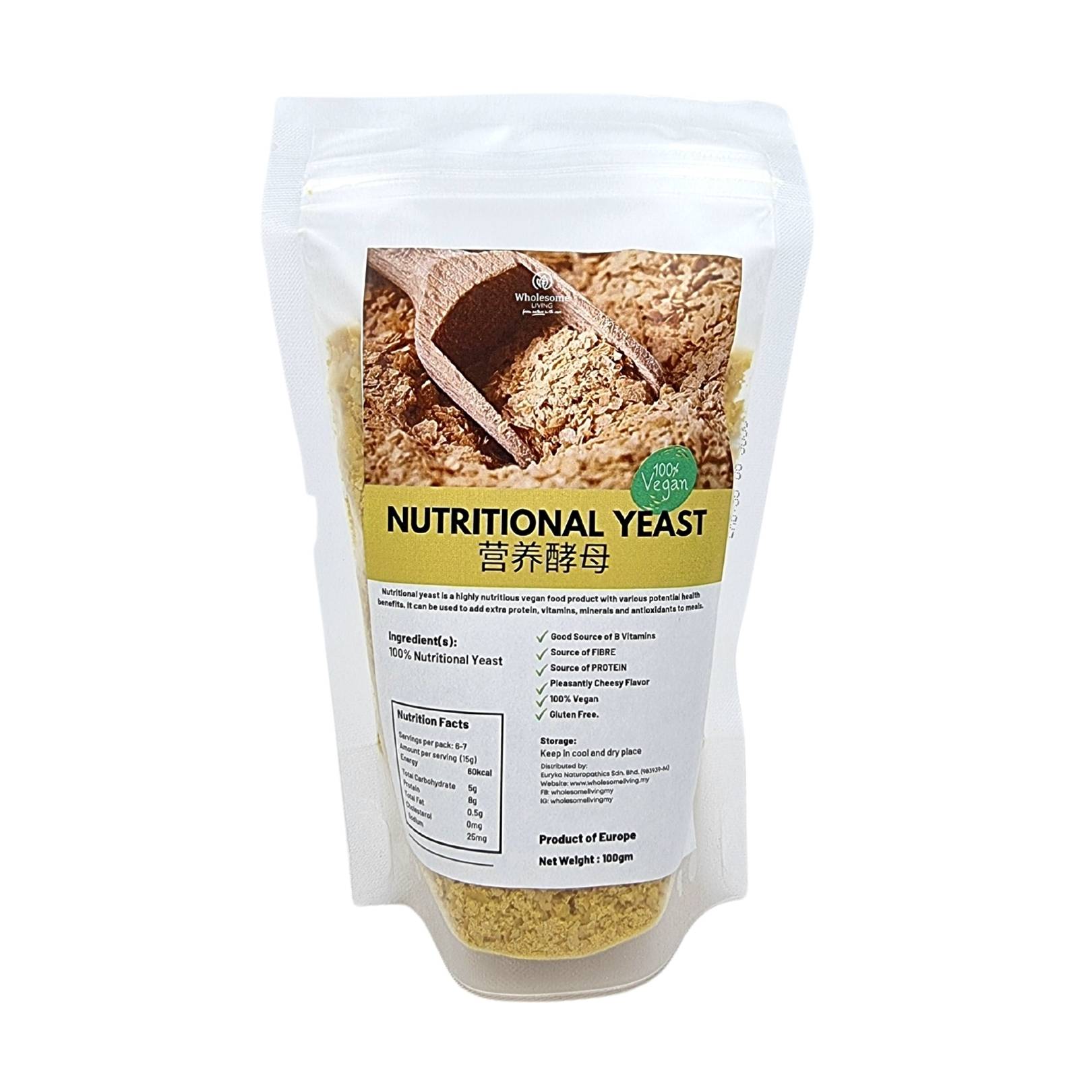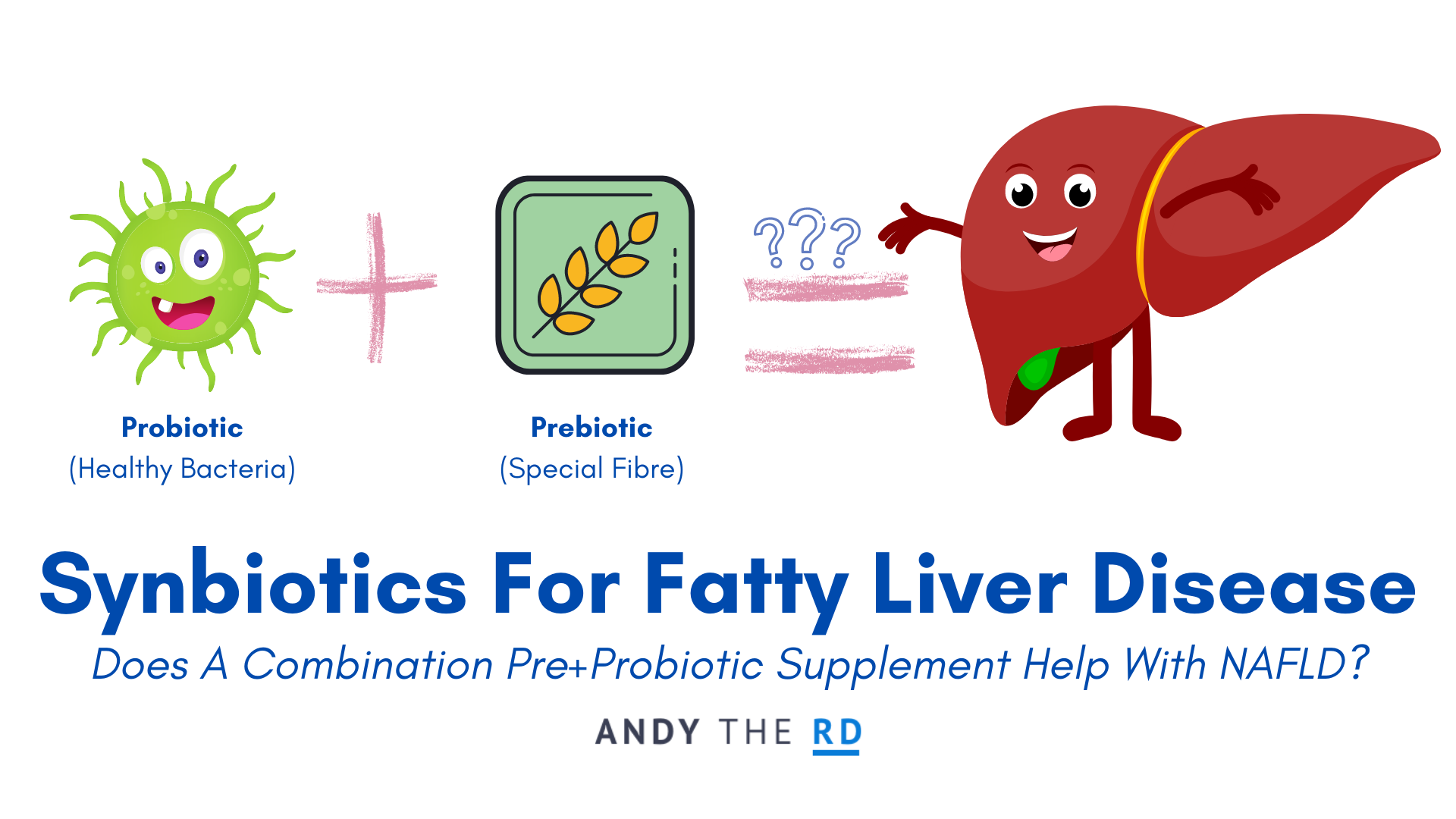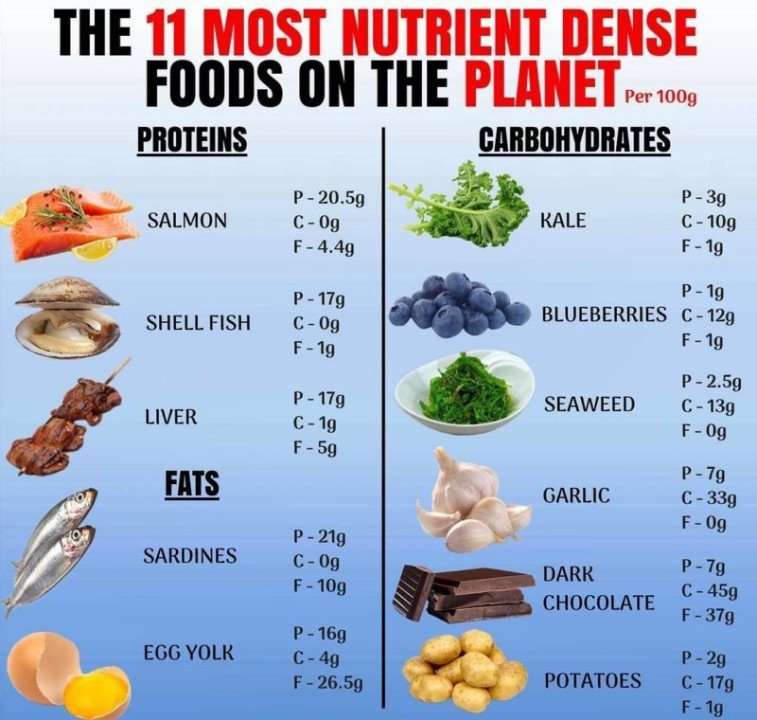
A plant-based grocery guide can help you start a new lifestyle if you are considering a plant based diet. A plant-based shopping list can help you pick the right foods and provide you with recipe ideas. You can make your own dairy-free foods and still enjoy the flavor of meat and cheese.
Reduce meat and dairy consumption
There are many foods you can eat on a plant-based diet besides meat and dairy products. There are many options for plant-based grocery shopping, including corn tortillas, tofu and seitan, as well as tempeh, olives and various types noodles.

Minimally process foods
For a plant-based diet to work, it is important to eat minimally processed foods. These foods contain fewer ingredients and less sugar than highly processed foods. Some may also have additives and preservatives.
Vegetables & fruits
If you want to eat a plant based diet, make sure you eat plenty of fruits and veggies. Make sure you drink lots of water. Juiced fruits & vegetables lose some of the nutrients and fiber. So it's best if you eat whole fruits & vegetables.
Kale
Kale is a well-known food that has numerous health benefits. Kale is an extremely versatile green, rich in nutrients. It is high in vitamin K and C as well as calcium, copper, and vitamin A. It is also packed with beneficial antioxidants. Kale can be added to soups, stir-fries, or simply wilted and spiced.
Tofu
It can be easy to include tofu in your plant-based diet grocery list. Although you can buy some items online or at specialty stores, most of your shopping can still be done at your local grocery shop. You will find vegetarian-friendly sections in most grocery stores. Staff members can assist you in finding the items that you require.

Kale smoothie bowl
A great way to increase your daily intake of fruits and vegetables is by making kale smoothies. This superfood has high amounts of vitamins A, C, and K. Additionally, you can increase your intakes of minerals and make a delicious dairy-free recipe. It is also great for your health as it contains very little sugar and no bananas, making it an excellent snack option.
FAQ
What are the top 10 healthy habits?
-
Eat breakfast every day.
-
Don't skip meals.
-
You should eat a balanced diet.
-
Drink plenty of water
-
Take care your body.
-
Get enough sleep.
-
Avoid junk food.
-
Daily exercise
-
Have fun
-
Make new friends.
Here are 7 ways to live a healthy lifestyle.
-
Make sure you eat right
-
Exercise regularly
-
Rest well
-
Drink plenty of fluids.
-
Get adequate rest
-
Be happy
-
Smile often
What does it take to make an antibiotic work?
Antibiotics are drugs that destroy harmful bacteria. Antibiotics are used for treating bacterial infections. There are many different types of antibiotics. Some can either be administered orally, while others may be injected. Other antibiotics can also be applied topically.
For people who have been exposed, antibiotics are often prescribed. For example, if someone has had chicken pox, he or she might take an oral antibiotic to prevent shingles later on. Penicillin might also be administered to someone with strep throat. This will help prevent the possibility of developing pneumonia.
Children should not be given antibiotics without the consent of a doctor. Children are more likely to experience side effects than adults from antibiotics.
Diarrhea, the most common side-effect of antibiotics, is probably diarrhea. Other possible side effects include stomach cramps, nausea, vomiting, allergic reactions, headaches, dizziness, and rashes. These symptoms usually go away after treatment ends.
Why is it important to live a healthy life?
Having a healthy lifestyle helps us live longer, happier lives. Regular exercise, healthy eating habits, healthy sleep habits and stress management can all help prevent strokes, heart disease, diabetes, and cancer.
Healthy lifestyles will help us to cope with daily stresses better and improve our mental health. A healthy lifestyle will help you feel more confident and younger.
Why does our weight change as we get older?
How do you tell if there are any changes in your bodyweight?
A person who has less body fat than their muscle mass will experience weight loss. This means that the daily calories consumed must not exceed the energy used. Activity levels are the most common reason for weight loss. Other causes include illness, stress, pregnancy, hormonal imbalances, certain medications, and poor eating habits. When there is more fat than muscles, it's called weight gain. It happens when people consume more calories in a day than they actually use. There are many reasons for this, including overeating and increased physical activity.
We consume fewer calories that we burn. This is why we lose weight. By exercising regularly, our metabolism rates increase which in turn burns more calories during the day. But, this does not mean that we'll get thinner. It is important to know if we are losing weight or gaining muscle. If we're burning more calories than we're consuming then we're going to lose weight. But, if we consume more calories then we burn, then they are being stored as fat.
As we grow older, we tend to become slower at moving around and therefore we don't move as much. We also tend to consume less food than when we were younger. We tend to gain weight. On the flipside, we are more muscular than we really need and appear larger.
There is no way to measure how much weight your body has lost without weighing yourself every week. There are many methods to measure your weight. There are many ways to measure your weight. You can check your waist, hips, thighs, arms and legs. Some people prefer to use bathroom scales while others like to use tape measures.
You can track your progress by weighing yourself at least once per week and measuring your waistline every month. You can also take photographs of yourself every few years to track how far your progress has been.
You can also find out how much you weigh by looking up your height and weight online. For example, if you're 5'10" tall and weigh 180 pounds, you'd probably weigh 180 pounds.
Statistics
- WHO recommends consuming less than 5% of total energy intake for additional health benefits. (who.int)
- According to the Physical Activity Guidelines for Americans, we should strive for at least 150 minutes of moderate intensity activity each week (54Trusted Source Smoking, harmful use of drugs, and alcohol abuse can all seriously negatively affect your health. (healthline.com)
- WHO recommends reducing saturated fats to less than 10% of total energy intake; reducing trans-fats to less than 1% of total energy intake; and replacing both saturated fats and trans-fats to unsaturated fats. (who.int)
- The Dietary Guidelines for Americans recommend keeping added sugar intake below 10% of your daily calorie intake, while the World Health Organization recommends slashing added sugars to 5% or less of your daily calories for optimal health (59Trusted (healthline.com)
External Links
How To
How to Live A Healthy Lifestyle
Healthy lifestyle means you can maintain your weight, health, and fitness. It involves living a healthy lifestyle, which includes exercising regularly, eating well, and staying away tobacco, alcohol, and other drugs. A healthy lifestyle can help you stay fit and feel great. You are also less likely to develop chronic diseases such heart disease and stroke, diabetes or cancer.
The goal of this project is to give a step-by–step guide on how you can live a more healthy life. The introduction was the first portion of the project. It describes the benefits of living a healthy life, what it means, and who we should be. The body paragraphs are a collection of tips on how to live a healthy life. Finally, I wrote the conclusion, which summarizes the whole article and provides some additional resources if needed.
I learned how to create a concise and clear paragraph through this assignment. Also, I learned how to organize my ideas into topic sentences and supporting details. Furthermore, I was able to improve my research skills by being able to identify specific sources and correctly cite them. I also learned how to write with proper grammar.